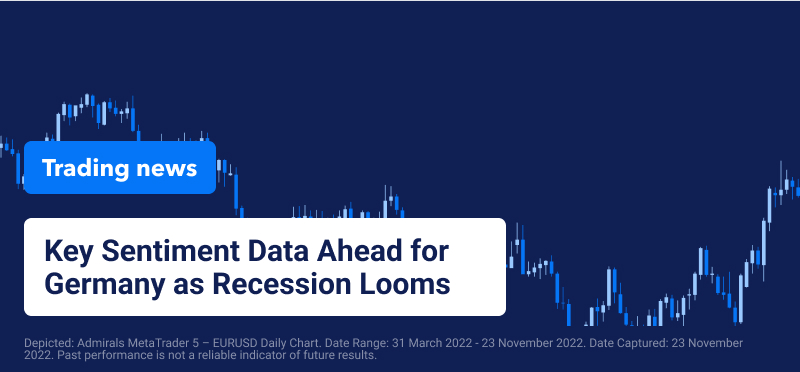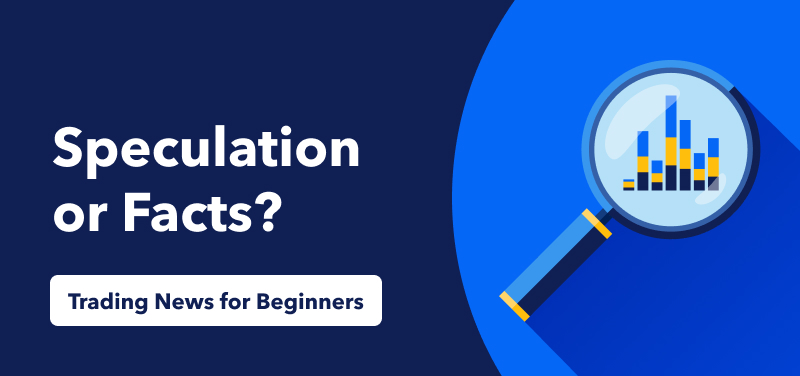[ad_1]

Natural gas is one of the most important energy sources in the world. Trading natural gas has drawn attention in recent years, especially after the clash in Ukraine started. The reason behind this is that Russia, one of the most important gas producers in the world, faced sanctions imposed by the US, EU and other countries. European Union countries tried to reduce natural gas consumption while other countries found the opportunity to ramp up their natural gas production.
Many countries have turned to renewable energy as well as natural gas to cover their energy needs. This blog will share some insights and forecasts regarding trading gas.
What you should know about natural gas
Natural gas is a fossil fuel energy source. Marine plants and animals that died many million years ago were buried on the ocean floor under sand and rocks. The heat and enormous pressure turned the remains into oil and natural gas. Natural gas deposits can also be found on land. Oil and gas companies drill down through sand and rock layers to reach the rock formations that contain oil and gas deposits. Natural gas is sometimes turned into liquefied natural gas (LNG) to make transportation easier and minimise volume, a process known as liquefaction.
The ancient Persians were intrigued by the blazing springs formed when natural gas seeping from earth’s cracks was ignited by lightning. They occasionally built temples around these perpetual fires. More than two thousand five hundred years ago, the Chinese were piping the gas from wells and using it to evaporate seawater for salt. In 1816, Baltimore was the first city in the US to illuminate its streets using natural gas.
According to a report by Visual Capitalist, the top three natural gas producers are the US (934 billion cubic meters or bcm), Russia (701 bcm) and Iran (256 bcm). Experts suggest that Russia has 37 trillion cubic meters of natural gas reserves. The top 10 natural gas producers account for almost 70% of global production.
Trading Natural Gas: Price fluctuations
The trend of natural gas prices between 2018 and 2021 was characterised by periods of upward and downward movement. Weather conditions, geopolitical developments and, of course, the Covid-19 pandemic played a vital role.
Natural gas prices slumped in the second quarter of 2020 due to the coronavirus pandemic as economic activity slowed down. According to the IEA, global gas demand fell by an estimated 2.5% or 100 billion cubic metres in 2020 – its largest drop on record.
Natural gas prices hit a multi-year high on August 1st 2022, trading at $9.1 per MMBtu. However, prices slumped once again in the following months, as seen in the chart.
Where are natural gas prices heading?
A report released on March 13th by Moody’s Investor Services regarding the US energy market said: “Natural gas and power price expectations for 2023 have dropped steeply. Expected 2023 natural gas prices are around 44% lower than forward market expectations in December.”
Analysts at the US Energy Information Administration (EIA) suggest that US exports of liquefied natural gas (LNG) are likely to increase by 14%, on an annualised basis, in 2023 and by 5% in 2024. The EIA’s report noted, “we forecast U.S. LNG exports to rise because of high global demand as LNG will continue to displace pipeline natural gas exports from Russia to Europe. So far this year, mild winter temperatures and fuller-than-average storage resulted in reduced LNG prices.”
According to an International Energy Agency report, “in the wake of the clash in Ukraine and a surge in energy prices, natural gas demand in the European Union fell in 2022 by 55 bcm, or 13%, its steepest drop in history. The decline is the equivalent to the amount of gas needed to supply over 40 million homes.” The report also notes that “despite this historic drop in demand, the EU’s gas import bill ran close to EUR 400 billion in 2022 – more than three times the level in 2021.”
A Reuters report published in mid-March suggested that new LNG plants could boost LNG supply by more than 60% to 636 million tonnes per annum (mtpa) by 2030 from 2021 levels. According to the same report, “in Qatar, a massive LNG expansion project will add 49 mtpa by 2027. U.S. projects could add 125 mtpa (16.4 billion cubic feet per day) of capacity by late 2027.”
Brazil’s state oil company Petrobras SA announced they were working to employ more of the natural gas from offshore pre-salt deposits. While announcing the Q4 2022 earnings results, the company’s CFO said that “we will search for new segments for our natural gas production, yes, because burning natural gas is part of the energy transition. It’s better than burning diesel or burning fuel oil or burning coal, it’s better. We are evolving in doing that for humanity, and for Brazil… And we know how to do it. We can fuel trucks in Brazil instead of diesel with natural gas. We will go through that path.”
Trading and risk management solutions
Beginner traders may feel the urge to take advantage of various trading opportunities. Attractive financial news headlines sometimes lead to emotional trading actions. Too much information confuses beginner traders as they might be unable to filter it. Trading mistakes are common among beginner traders that lack the necessary knowledge to build the right trading strategy. Unfortunately, such mistakes incur fund losses that could influence your financial plans.
Is there a way to reduce the possibility of a trading mistake? The answer is yes, and it involves education and risk management tools. While experience is something that you gain with time, countless educational resources are available. Brokers offer a wide range of educational materials such as webinars, e-books, articles etc. In many cases, you don’t even have to pay anything to access them. If you are a beginner trader, you should consider taking advantage of the opportunity to upgrade your trading knowledge.
Risk management becomes easier if you know how to use the right tools. Tutorials prepared by experienced traders can show you the fundamentals of risk management. If you don’t feel confident enough, you can test risk management tools such as stop-loss orders in a demo account’s secure environment. Knowledge is the key to success for every trader.
Does trading on macroeconomic news interest you? Learn how this approach works with our free webinars. Meet and interact with expert traders. Watch and learn from live trading sessions.
This material does not contain and should not be construed as containing investment advice, investment recommendations, an offer of or solicitation for any transactions in financial instruments. Please note that such trading analysis is not a reliable indicator for any current or future performance, as circumstances may change over time. Before making any investment decisions, you should seek advice from independent financial advisors to ensure you understand the risks.
[ad_2]
Source link


